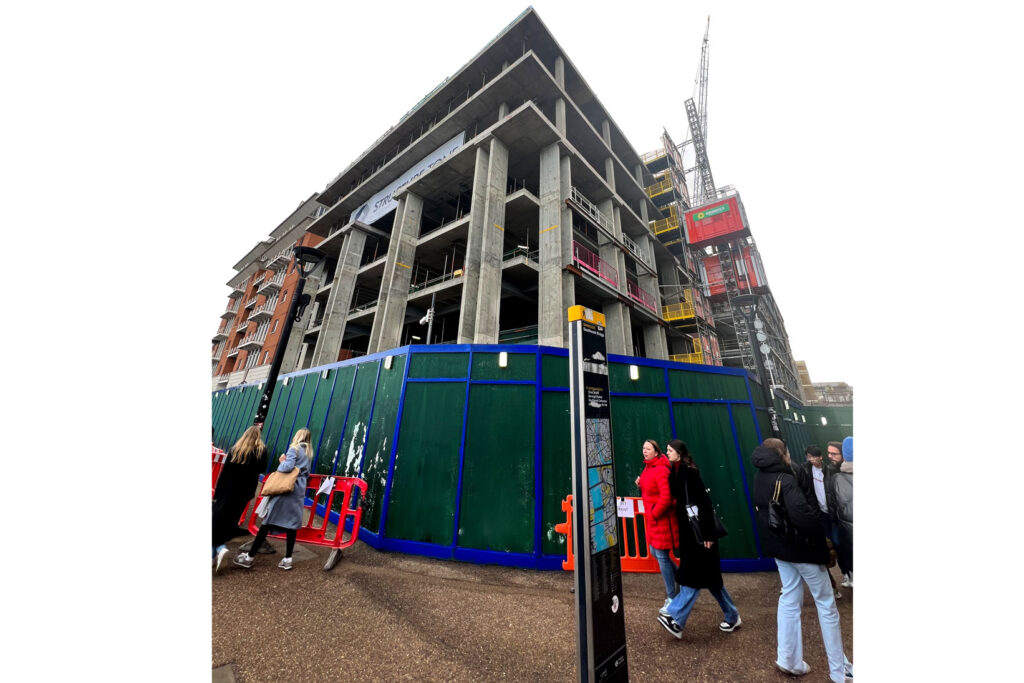
Written by Brooks McDaniel, SVP of Building Repositioning, STO Building Group
Buildings are responsible for a significant portion of global carbon emissions. According to the International Energy Agency (IEA), the building sector is responsible for around 40% of total global energy consumption and about 28% of global greenhouse gas emissions. Reducing the carbon emissions of the building sector is an important step in addressing climate change.
Operational carbon, which refers to the greenhouse emissions from the use of fossil fuels for heating, cooling, and powering buildings, can be reduced, often significantly, during a repositioning project. By selecting modern and more energy efficient building systems, appliances, lighting, and façade, the energy consumption of a building is typically much lower than the pre-existing building. This has the secondary benefit of reduced operational expenses.
Embodied carbon in building materials also plays a significant role in the total emissions. Embodied carbon refers to the greenhouse gas emissions that are associated with the production, transportation, and assembly of building materials used in construction. Most of the embodied carbon exists in a building’s structure, in the form of concrete and steel, the two most energy-intensive materials in the built environment. By retaining the structure of an existing building, instead of tearing it down and constructing a new building, the majority of the embodied carbon is retained and serves as the building block for the next iteration.
Lastly, by repositioning a building to be more attractive to tenants or buyers, the building’s occupancy rate can be increased, thereby
reducing the overall carbon usage per person.

